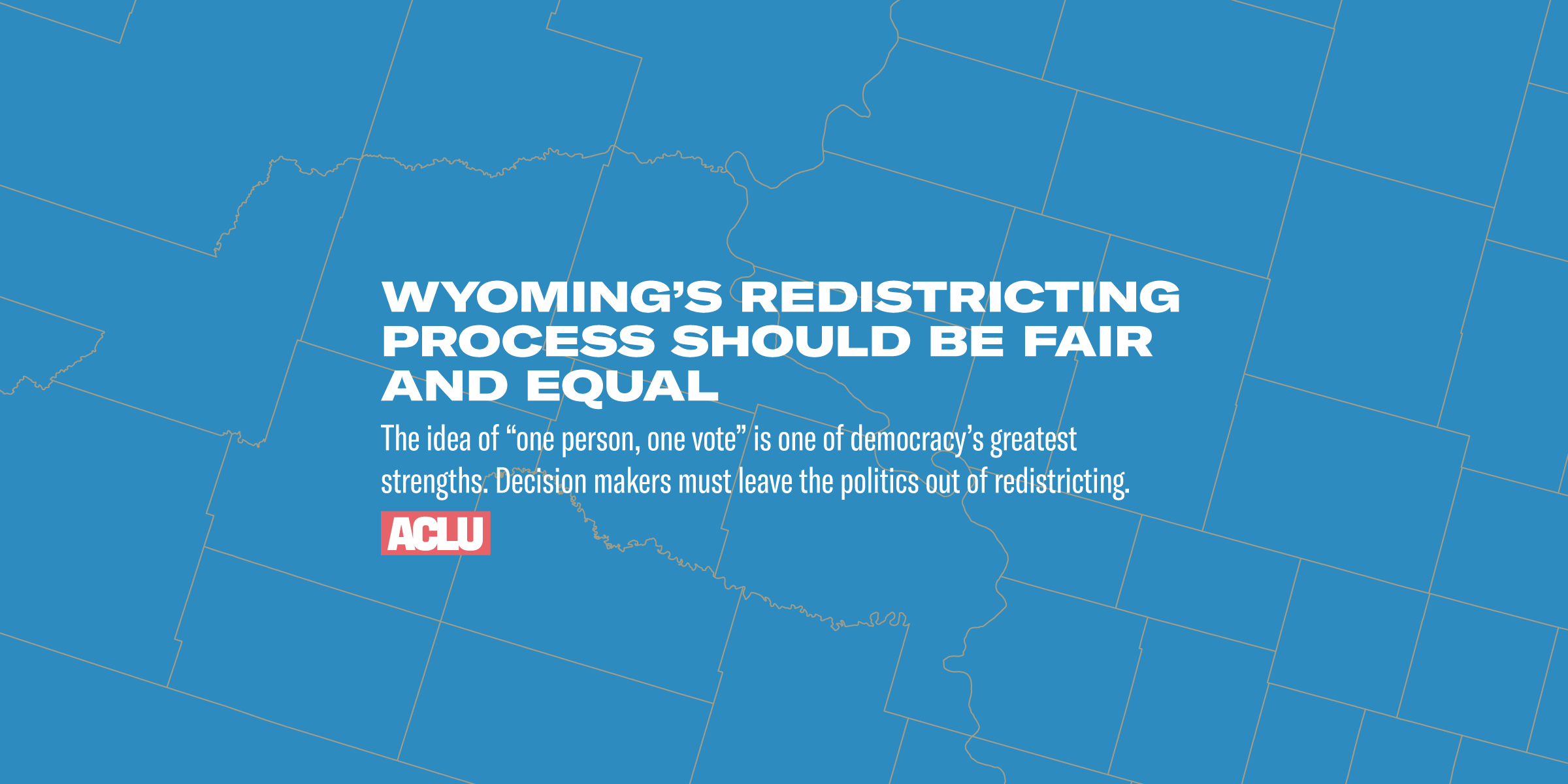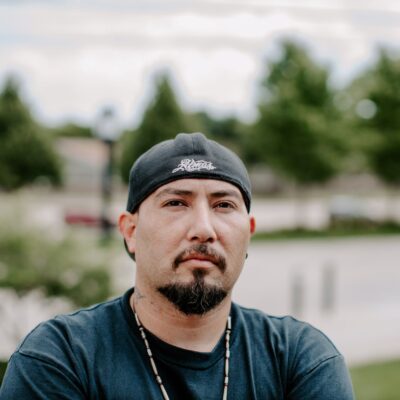The idea of “one person, one vote” is one of democracy’s greatest strengths.
At the voting booth, each person stands equal to the next, no matter what their background, no matter where they live, no matter how much money they make.
Key to preserving this democratic ideal is redistricting, or the redrawing of the districts that make up the legislative maps Wyoming, a process that occurs every 10 years.
Redistricting is simple enough to grasp when you compare it to other things we replace every so often, like, say, an old car. When it just isn’t working like it used to or doesn’t meet your needs anymore, it’s time to think about getting a new model.
Similarly, redistricting should lead to new and improved electoral maps that reflect the growth and demographic changes that Wyoming communities undergo with time. Every 10 years, after the U.S. Census determines how our communities have expanded and contracted, the Wyoming Legislature gets the task of redrawing fair maps that are inclusive of everyone.
Except it doesn’t always quite work that way, because, unfortunately, redistricting isn’t as easy as buying a new car.
The process is often fraught with complications, like lack of transparency and self-interest. Unlike in some other states, where an independent redistricting commission redraws the electoral maps, Wyoming legislators on the Corporations Committee redraw and approve their own districts. If that seems backward, it should — after all, shouldn’t voters be the ones who select their elected officials, and not the other way around?
When the redistricting process is done well, lines are drawn that represent all communities. But when done incorrectly or illegally, lines can be “gerrymandered” or manipulated in a way to dilute certain communities’ voting power, hindering them from voicing their interest through their votes.
Unfortunately, that’s what looks like is happening in Wyoming right now.
Wyoming’s population increased by 2.3 percent in last year’s census count. That’s not a huge increase, but that growth was definitely uneven. Wyoming’s larger cities, like Cheyenne, expanded and our smaller communities shrunk, furthering the urban-rural divide.
Our new district maps should be drawn to reflect these population changes. But legislators in those smaller communities don’t relish the idea of giving up any control to more populated parts of the state. So at its last meeting, legislators on the Corporations Committee threw out months of work and a map that was fair for Laramie County and the south side of Cheyenne – areas that have seen the biggest population increase in the state and should have increased representation in the legislature. They replaced it with a map drawn by rural legislators that actually decreases Cheyenne’s overall representation.
Additionally, the new map doesn’t adequately represent communities of interest, like the south side of Cheyenne, a working-class neighborhood and the most diverse part of the city. Keeping communities like this is an important principle in redistricting – especially for minority groups, like the south side’s Latinx population, who have traditionally been left out of the political process.
In the previous map, lawmakers included two House seats and a Senate seat for the south side of Cheyenne. The new map instead dilutes the voting power of people living in south Cheyenne by splitting this part of the city up into three separate districts, lumping them together with central Cheyenne and rural Laramie County.
On top of that, the Wyoming Constitution says that voting district lines should be drawn as closely as possible to county lines. The previous map was drawn with that in mind – as well as input from area residents and lawmakers at community meetings. The new map, however, combines the entire western half of Laramie County with Albany County and was drawn up without any input from the community.
The Corporations Committee will meet in Cheyenne again on Jan. 27. People in Cheyenne and Laramie County need to let the Corporations Committee and their local lawmakers know that the map they’re working with now is bad for us.
Accountability is a central tool in keeping a democracy healthy, but community members – especially people of color – have to come together to keep elected officials in line with what we voted them into office to do. Legislators on the redistricting committee need to hear how important it is to you that they form districts that are compact and contiguous, that respect natural boundaries and that keep communities of interest together. Don’t let another 10 years pass, another process be forgotten, and more costly litigation happen before you get involved in how your vote counts in Wyoming.


